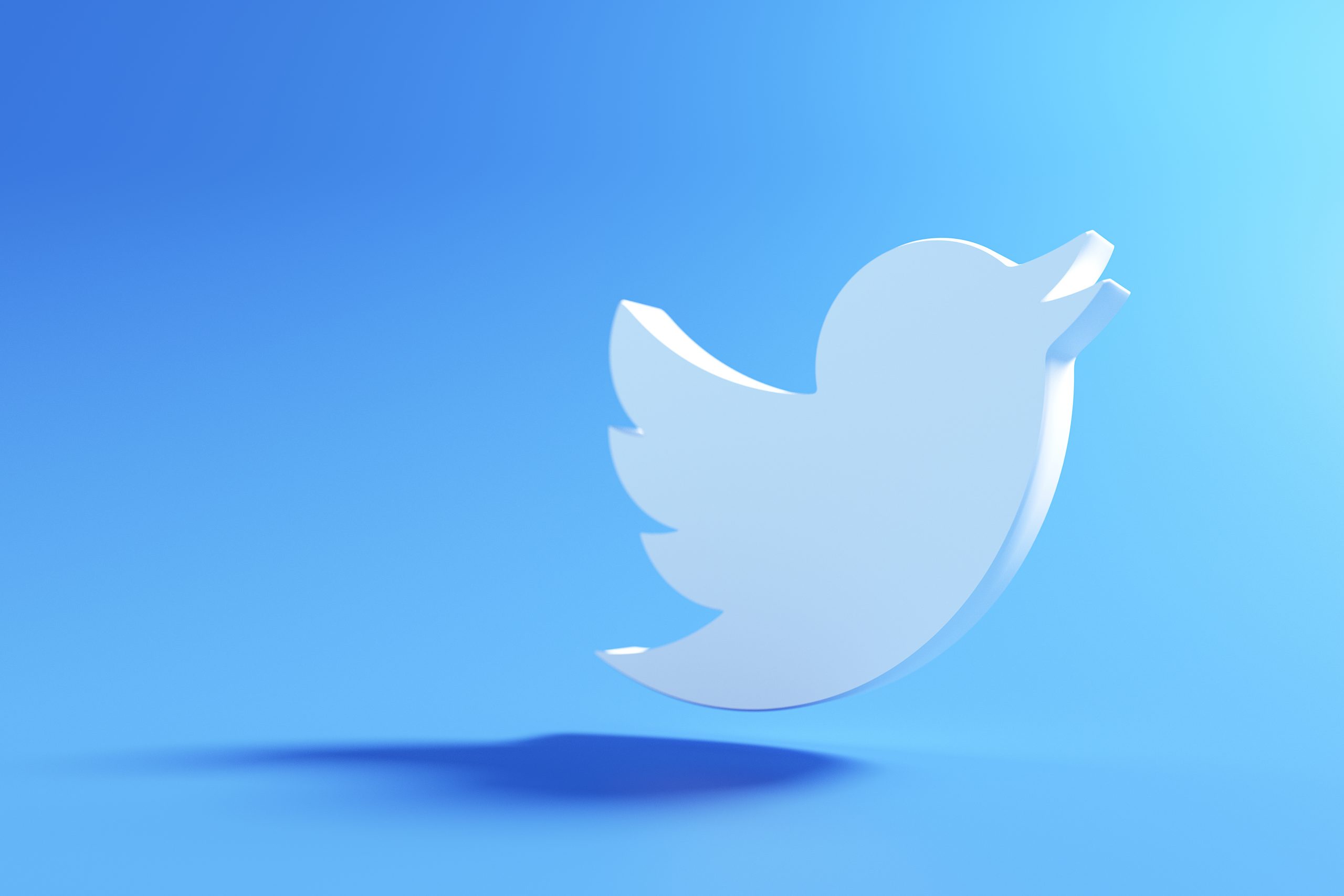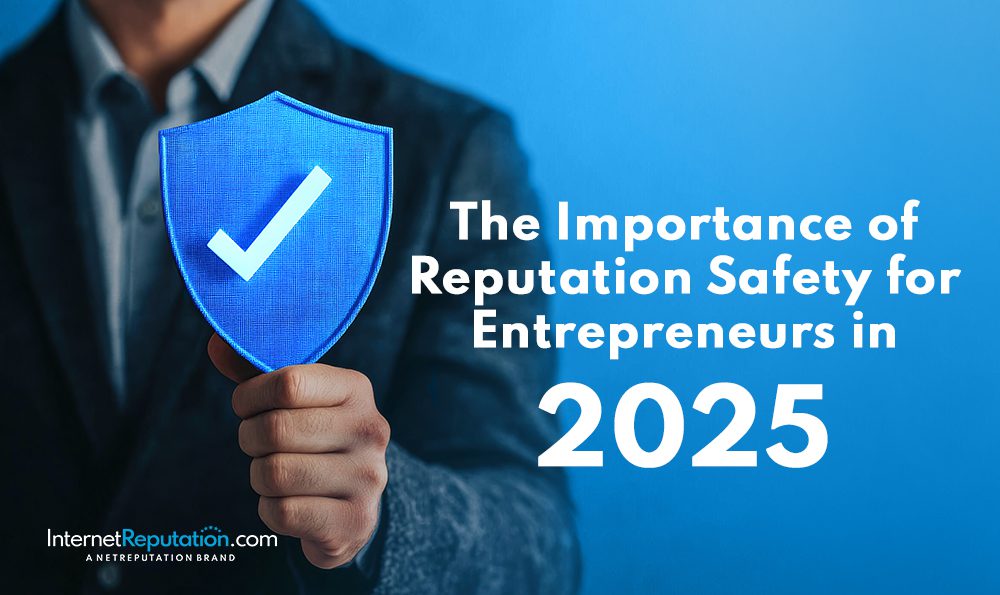Using Twitter for Reputation Management

Is Twitter part of your reputation management strategy? If not, you’re missing out on a golden brand-building opportunity.
Keeping up with the latest industry trends and knowing how your audience will find and engage with your online content is crucial to the success of your reputation and online presence and how your brand will be represented. Continuing with our Google & Twitter partnership conversation that we previously covered, we also wanted to show the importance of delivering your content in the right way so it not only gets indexed by Google but also how you can see better engagement rates from your audience.
Why You Need to Use Twitter for Reputation Management
Before getting into our list of recommended tips to see better Twitter engagement, let’s first cover the basics of why Twitter is so important for brands to monitor and manage.
- There are over 230 million users on Twitter. How many of them are your product/service customers, visitors to your site, and people talking about your brand? If you answer “I don’t know”, you are already losing this reputation battle.
- As mentioned, Google is now indexing Twitter updates and content in its search results. This means you must monitor what is being said on Twitter about your brand (and what appears on Google). On the other hand, you also need to create content on Twitter that will rank well for your products, brands, and names.
- Discover, engage, and represent your brand on Twitter. With so many conversations going on on Twitter at any given time, your personal name or brand is likely mentioned often. When applicable, reply to favorites and retweet updates from your customers, site visitors, and brand advocates.
Just as important as WHY you need to use Twitter to improve or repair your reputation online is HOW you create your content. The tips and infographic below cover exactly this.
The Twitter Response Guide for Business
- Having an external link as a call to action in the first Twitter response reduces engagement by 19%.
- Using a Twitter #hashtag increases your social engagement by 15%
- By personalizing your responses to other users (such as using their first name), you may see up to a 20% increase in engagement.
- In comparison, the word “Click” draws in a much better engagement rate (29% better) than the word “Find” when used to tell your audience to click a link.
- When adding a link within your social updates, the best location for engagement and clicks is within 45% of your updated content.
- While they may be a simple smile, using positive emoticons can result in a 67% engagement rate when used in Twitter updates.
- Increase your social update engagement by up to 27% using punctuations within your content (such as ? and !)
The best way to implement these Twitter engagement tips is to implement them into your social media marketing. Be sure to compare your previous retweets and favorite numbers from your earlier posts with your latest updates on these changes.
Thanks to LeadSift.com for the infographic.
How to Best Prepare for the Coming Google & Twitter Partnership
Google is already indexing content from Twitter, but it is pulling it over a small amount at a time. This means many brands might not be seeing the result of this yet, but it will only be a matter of time. The question is, will your personal and business brand be ready after this has taken full effect?
The best way to be ready for these changes and keep your brand mentions under a close eye is to work directly with InternetReputation.com. We can monitor your brand mentions across websites, blogs, search results, and social media and help you create high-quality content to build a protective wall around your brand in the search results.
For a free consultation, don’t hesitate to contact InternetReputation.com at 941-259-4554 or click here to schedule a free consultation.


